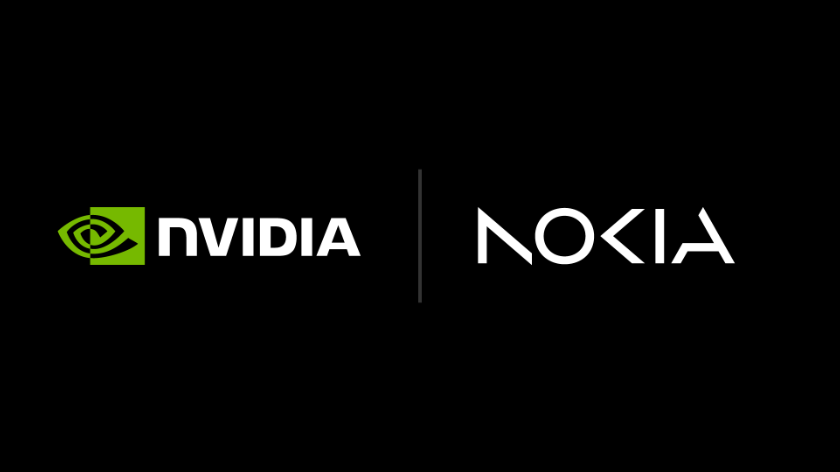- Nvidia to become one of Nokia’s largest shareholders with a $1bn investment.
- Partnership aims to accelerate AI-powered connectivity for global telecom operators.
What happened: Nvidia and Nokia’s $1bn partnership to drive AI-powered 5G and 6G networks
Nvidia and Nokia have announced a landmark partnership aimed at integrating AI into the radio access network (RAN), paving the way for AI-native 5G-Advanced and 6G networks. As part of the collaboration, Nvidia will invest $1 billion in Nokia, becoming one of its largest shareholders. The deal signals a significant move towards AI-driven wireless infrastructure, targeting a rapidly growing market projected to exceed $200 billion by 2030, according to Omdia analysts.
This partnership will leverage Nvidia’s accelerated computing platforms, including the Aerial RAN Computer Pro (ARC-Pro), to enable telecom operators to deploy intelligent, low-latency services. It will also help operators transition seamlessly from 5G to 6G through software upgrades, rather than costly infrastructure overhauls. The companies aim to test and validate the new AI-RAN technologies with T-Mobile US, with field trials set for 2026.
Also Read: auDA: Administrator of Australia’s .au Domain
Also Read: 1-TO-ALL: Thailand telecom and solutions distributor
Why it’s important
This collaboration marks a major shift in the telecommunications industry, emphasising AI as the core of the next generation of connectivity. By unifying AI and radio workloads, the new AI-RAN solution will improve performance, energy efficiency, and scalability. It will also future-proof investments in both 5G-Advanced and upcoming 6G networks. Furthermore, the solution supports a range of cutting-edge technologies, including generative AI, AR/VR, drones, and autonomous systems.
The partnership also highlights the growing importance of edge computing, with companies like Dell Technologies playing a critical role in providing the infrastructure necessary for this evolution. As telecom operators modernise their networks, they will not only carry AI traffic but also act as the distributed AI grid factories that process it at the source.
This move sets the stage for a new era in telecom, where AI will be integral to delivering smarter, faster, and more efficient services globally.

